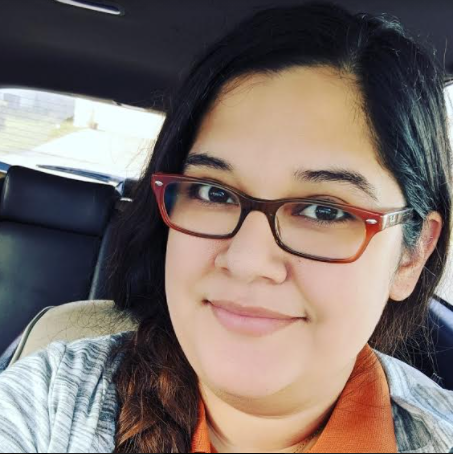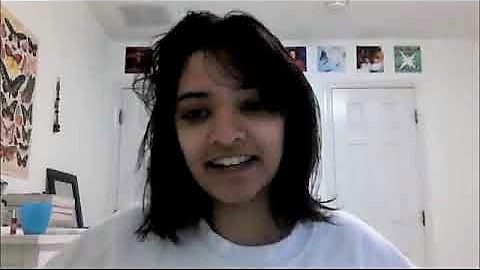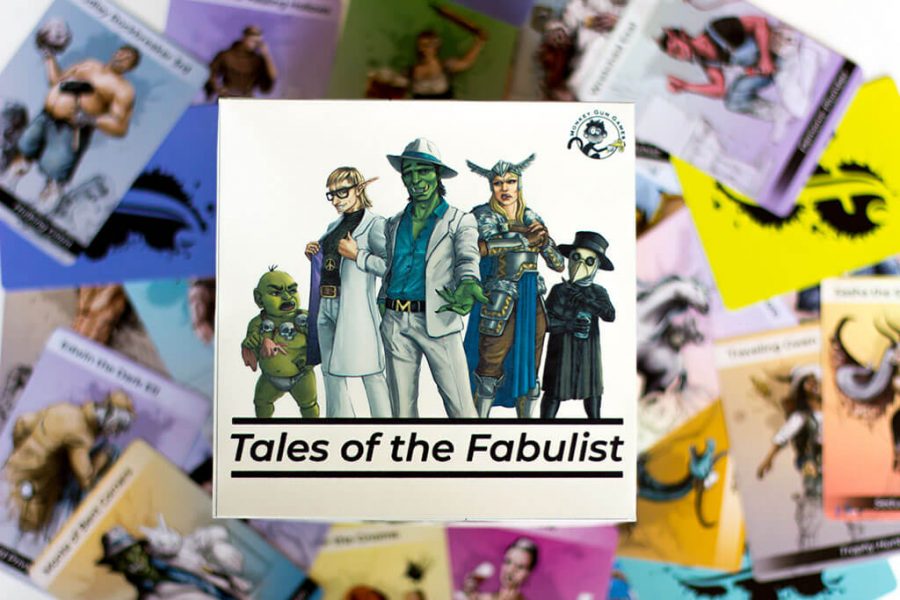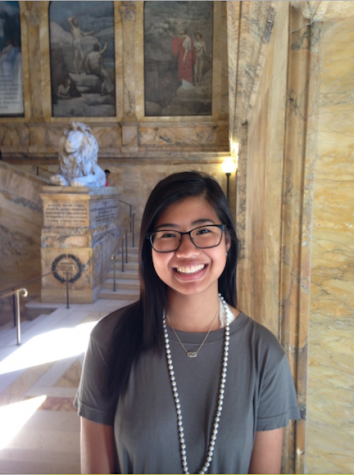Contributions by Shruti Patil

Dvorak began playing the violin at age six; Bach began studying music at ten; Mozart began composing music at four. Although her name is not yet amongst the legends, junior Sophie Mathieu began playing the piano at the tender age of 6. Since then, she took up the cello and blossomed into a composer by the time she was 13.
“I had played two instruments for several years, and I had developed a passion for music,” Mathieu said. “Composition allowed me to understand and love music even more, and it also gave me a new creative outlet.”
Sophie wrote her first arrangement, a violin trio for three of her friends, in 2011. A year later, she entered and won the Austin Symphony Orchestra’s Texas Young Composers Competition with her full orchestra arrangement titled Le Fort de Vaux. The prestigious Austin Symphony premiered her piece at the Long Center; later, KLRU Arts in Context featured Mathieu in an episode.
“It took me 7 months to write and edit the piece, but it was definitely worth it,” Mathieu said.
From the most professional and revered music arrangements, to the most elementary arrangements, all compositions begin with a stroke of inspiration.
“For me personally, the inspiration to write a new piece can come in almost any form,” Mathieu said. “An emotion, a particular style or composer that I find interesting, or even a landscape or monument could inspire me.”
Most composers have their own unique composing process. For example, Mozart’s amazing “musical photographic memory” allowed him rewrite whole orchestras after hearing it only twice.
“I usually write ‘vertically’, meaning that I like to write for all the instruments I’m using at once,” Mathieu said. “Instead of writing for each individual [instrument] separately and going back to fill in the gaps, as is done in ‘horizontal’ writing.”
After Mathieu’s endeavours with Le Fort de Vaux, she decided to transpose Astor Piazzolla’s Primavera Porteña in 2013 for the Westwood Philharmonic Orchestra. Astor Piazzolla wrote Primavera Porteña for the bandaneón (an accordion- like instrument), electric guitar, violin, double bass, and piano. Mathieu’s challenge was to rewrite the piece for a string orchestra. Piazzolla was a master of the bandeneón, and his music exemplified this through the central role of the bandeneón in the majority of his pieces. This made it difficult for Mathieu to maintain the integrity of the piece.
“Arranging it for string orchestra was definitely a challenge, but I think it helped me grow as a composer and arranger,” Mathieu said. “As an arranger, it is very important to me to stay as true to the original music as I can, and to change only the instrumentation. In my arrangement of Primavera Porteña, I was able to keep every part of the piece that was written in the score.”
Mathieu’s transposition of Primavera Porteña will be performed by the Westwood Philharmonic Orchestra at the Fall Orchestra Concert on October 2.
“I’m really happy they’re playing my piece”, Mathieu said. “It’s such a great opportunity for my music to be performed.”
Videos of Mathieu’s compositions can be found here.





